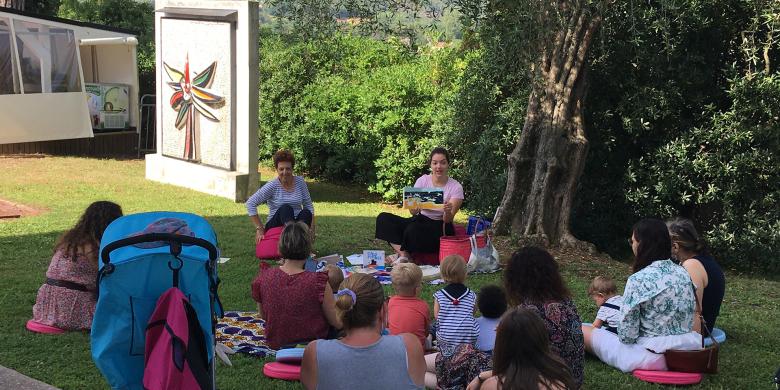1955, Fernand Léger in Biot
A few months before his death, in 1955, Fernand Léger acquired the Mas St André, located at the foot of the village of Biot. On this horticultural site, Nadia Léger, his widow, and Georges Bauquier, his close collaborator, decided to create a museum to pay homage to him and promote knowledge of his work. The building project was designed by the architect André Svetchine, and the park was entrusted to the landscape architect Henri Fisch. The façade of the building incorporates an immense mosaic, initially planned by Léger for the decoration of the Hanover stadium, but never produced.
1960, the creation of the museum
On the evening of 13 May 1960, an exceptional event inaugurated the Fernand Léger Museum in Biot. More than five thousand guests flocked to the opening of the first monographic museum in the region. Under the patronage of Picasso, Braque and Chagall, the inauguration brought together celebrities from the literary and artistic world, film stars and political representatives. The Fernand Léger Museum left its mark on the cultural landscape of the time. Not far from Biot, other projects dedicated to the great figures of modern art were soon to come to fruition: in Saint-Paul, the Maeght Foundation in 1964 and in Nice the Marc Chagall Museum in 1969.
1969, the donation to the State
In 1969, the founders donated the building, the land and a collection of over three hundred works to the French state. André Malraux, Minister of State for Cultural Affairs, receives the donation during an official event that ends with a gala at the Cannes Festival Palace. The Léger Museum becomes a national museum and, according to the terms of the donation, the founders remain directors for life.
1987-1990, the extension of the building
In 1987, the Ministry of Culture commissioned the architect Bernard Schoebel to design and build an extension to the museum. A new wing doubled the exhibition space. On the east and west facades of the new building, Georges Bauquier commissions Heidi Melano to create monumental mosaics based on Léger's projects for the Milan Triennial (1951) and for the decoration of the University of Caracas (1954). Georges Bauquier retired as director in 1994.
2004-2008, the modernisation of the spaces
Renovation work began in 2004. The architect Marc Barani was commissioned to restructure the exhibition spaces and improve the reception of the public. The furniture was entrusted to Eric Benqué and the garden to landscape architect Philippe Déliau. This new layout allows for a better presentation of the permanent collection.
2010, 50 years of the museum
After more than half a century of existence, the Fernand Léger National Museum aims to be a place of reference for the work of this artist. Throughout the year, a rich programme of exhibitions, conferences, film screenings and educational workshops is offered to visitors.
For more information on the history of the collection, click here
Visuel : public devant le grand vitrail du musée Léger, réalisé d'après une maquette de Fernand Léger pour l'Université de Caracas (Venezuela), vers 1950. Réalisé lors des travaux entrepris pour l'agrandissement du musée, par les Ateliers J. Loire et fils (Lèves), en 1989-1990. © Photo: Nice, musées nationaux du XXe siècle des Alpes-Maritimes / Gilles Ehrentrant © ADAGP, Paris, 2021.


